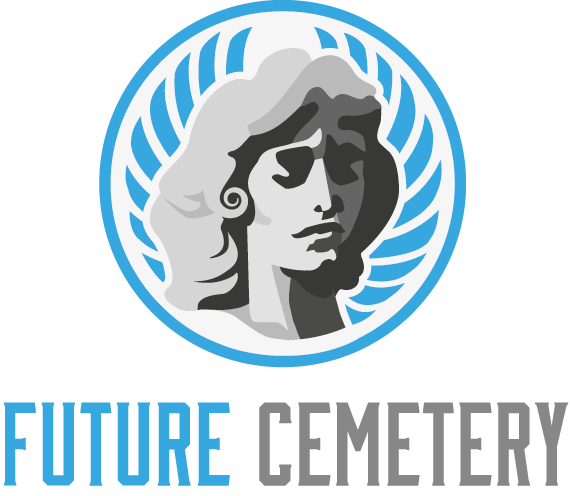Traditionally, graveyards were run by a church and located on the grounds or campus of that church. With rapid population growth in the early 19th century, church graveyards began to fill up and independent sites called cemeteries were born.
When a family member is buried in a cemetery, they are generally allowed to keep the monument or headstone that was placed on their loved one’s grave site. However, when a grave becomes empty, authorities are often faced with the prospect of re-using that grave site.
Churchyards
Churchyards are the most ancient enclosed land in a parish, with their walls often dating from the moment of the church’s enclosure. Originally most churchyard burials were of those who could not afford to be buried inside the place of worship and so a churchyard was a marker of parochial status.
In some cases tombs would contain a sarcophagus or monument to the deceased. Others might simply have a cross. The graves themselves might be crowded together or separated into allotments for suicides, criminals and unbaptised babies.
Traditionally, Christians followed the Jewish custom of burying people with their feet facing east. This is to honour the rising sun and, in a Christian context, to welcome the Lord on the Day of Judgement. Veteran trees, particularly yews, are often found in churchyards, with a wealth of wildlife flitting between their branches, using their crevices, holes and flaking bark for shelter. In fact a churchyard might well be the most biologically diverse site in a town or village.
Cemeteries
Cemeteries are places where people pay their respects to their deceased ancestors. They are usually located away from residential areas, towns and cities. Originally, they were privately owned and run by companies. Many are landscaped and include monuments to the dead. Some also have a chapel.
In the past, people who were wealthy or influential in their community were buried in individual crypts within a church. These crypts were usually marked with a name and date of death. Other members of the congregation were buried in the graveyard, which was located adjacent to or on the church’s grounds.
In some countries, cemetery owners profit by renting out plots for burials and selling funeral services. They often reuse graves in order to accommodate new burials. When the exclusive right to bury in a gravesite expires, the site is returned to the cemetery. In-ground cremain burial sites are usually about half the size of a full casket site.
Headstones
Headstones are stone markers that mark the head end of a grave. Typically, these are upright slabs of granite, but can also be slate or bronze. They usually contain information about the deceased person, including name, death date, birth date and a message from the family known as an epitaph. They can be inscribed with symbols that represent a religion or culture, such as angels, flowers, stars, books and crosses.
Often, the terms tombstone, headstone and gravestone are used interchangeably, though historically they had distinct meanings. Tombstones were originally large lids to stone coffins, while headstones were flat markers that stood erect at the top of a grave. Footstones were smaller, less ornate markers that marked the foot of a grave and were sometimes used to complement headstones. They may have been decorated with memento mori symbols of skulls and horns, or the picks and shovels of the grave diggers. They could also display framed photographs or cameos of the deceased.
Burials
Even if your loved one was cremated, a columbarium is a good choice to honor them and keep their ashes. Depending on your needs and your budget, you can purchase niches within a wall, urns to contain the ashes or individual crypts. There may also be separate walls for different religions or war veterans.
Historically, individuals with high social status (such as nobles or church leaders) were buried in their own private crypts inside the church itself. Others were buried in the churchyard or a nearby graveyard. The practice of burial is often seen as a step toward spiritual reincarnation, and many religions have specific rituals surrounding disposal of the body.
In recent times, some people have begun to choose natural burials as a way to preserve wild landscapes and avoid pollution. These burials are often buried in shallow earthen containers, and the natural decomposition process can allow for early re-use of the site. However, re-use can be difficult because it requires that the family be aware of the plan and willing to exercise their burial rights at the time of need.
